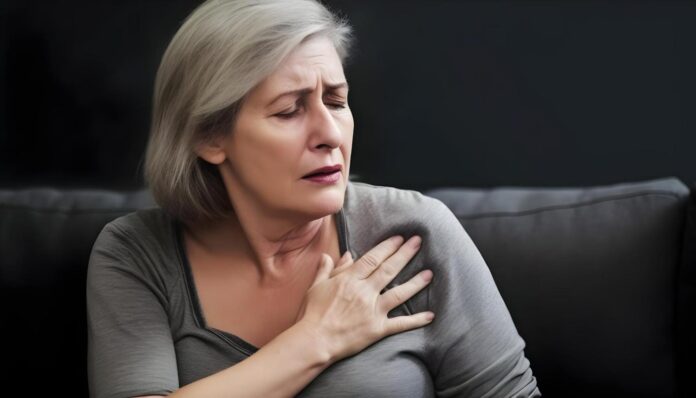The leading cause of death for women in the US is heart disease. Understanding women’s symptoms is essential. Dr. Schallek from the University of Rochester Medical Centre emphasizes the need to recognize the gender disparities in heart attack symptoms.
Men commonly have heart attacks as a pressure or squeezing sensation in the chest that can spread to the jaw, shoulder, or neck. On the other hand, women may experience weariness, nausea, and soreness in the arm, shoulder, or neck instead of the typical chest pain.
Unfortunately, women frequently overlook these symptoms, attributing them to a stomach issue or minor ailment, resulting in delayed medical intervention.
Heart disease affects 44% of women, with one in five facing fatal consequences. While genetics play a role, lifestyle choices are crucial to lowering risks. Quitting smoking, exercising regularly, adopting a plant-based diet, monitoring blood pressure and cholesterol levels, and managing stress are vital preventive measures.
These efforts can be aided by initiatives like stress reduction programs and smoking cessation, which can improve women’s heart health and lower the number of deaths from heart disease.
Seeking medical advice is best if you are worried about family history or personal risks. Regular check-ups and discussing heart health are essential for staying healthy. Early intervention is aided by awareness of the indicators in both men and women. Longer, healthier lives can be achieved by reducing the risk of heart disease with the help of medical professionals and a heart-healthy lifestyle.
When doctors understand that heart attack signs vary between men and women, they can give better treatment. Campaigns should also educate the public about these distinctions. This enables women to identify symptoms early and seek medical attention promptly. Women who do this may have a decreased risk of heart disease.
